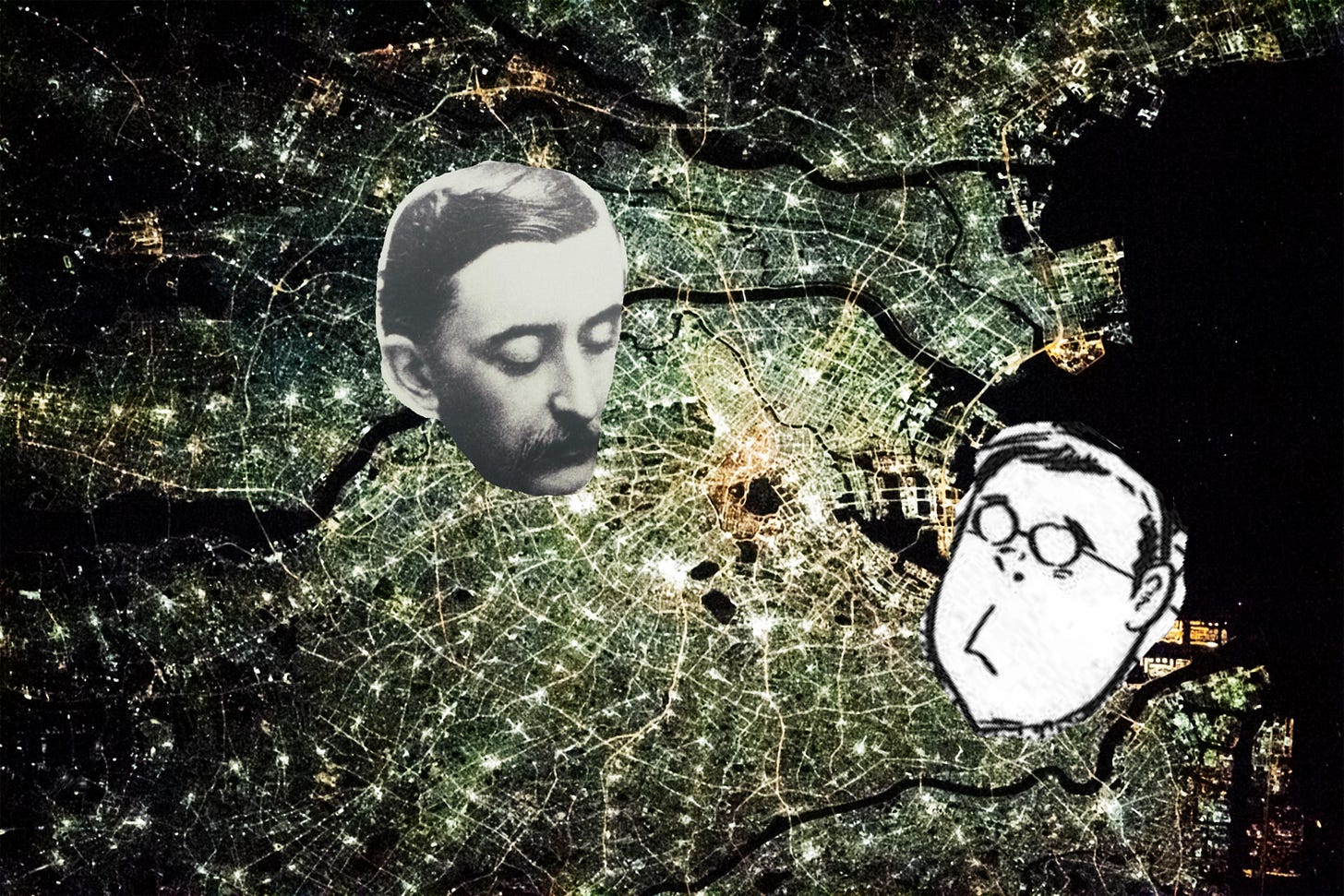Empire of Monsters
The rural fantasies that made Japan a global superstar
The philosopher Roland Barthes famously described Japan as an “empire of signs,” in a critically acclaimed 1970 book by the same title. He was bewitched by Japan’s art and culture, modern and traditional, but found himself powerless to penetrate its core, to unravel what it might all mean. He saw his frustration reflected in three dimensions, in the str…




